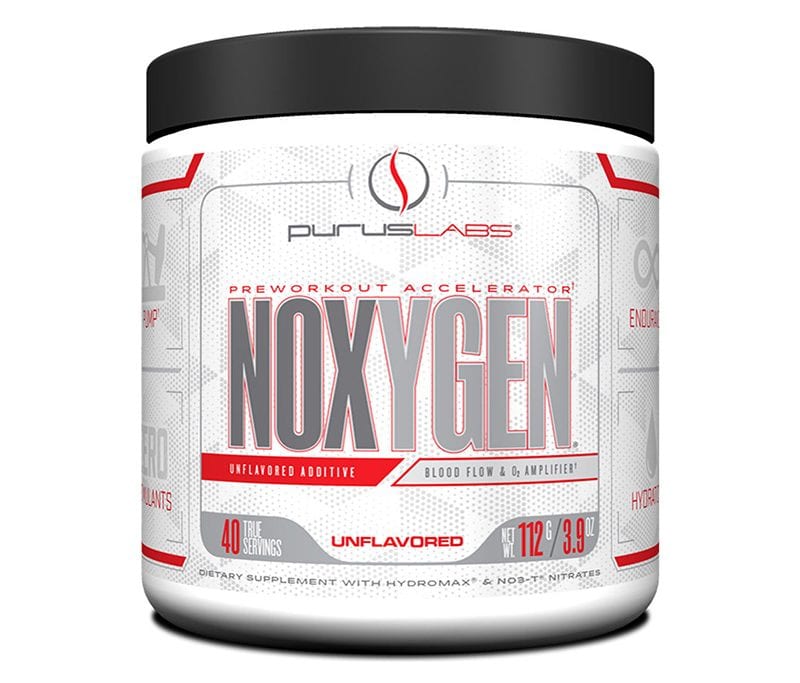Before we look at some of the benefits of nitric oxide, one thing should be pointed out. Nitric oxide supplements do not contain nitric oxide. They contain ingredients that stimulate nitric oxide production. With that out of the way, let’s trace the history of nitric oxide boosters.
Benefits Of Nitric Oxide – History
As a supplement, the first nitric oxide booster hit the market in the early 2000’s. The man that brought the original NO2 to market also had a hand in the original creatine. Mr Ed Byrd was part of EAS and the introduction of Phosphagen. Actually, he was solely responsible for MRI and the introduction of NO2.
What Are The Benefits Of Nitric Oxide Boosters
To be clear, we’re talking about non-stim pump boosters, not pre-workouts that contain a pump complex.
Here’s the main benefits of nitric oxide boosters:
- Increased Blood Flow For Huge Pumps
- Faster Nutrient & Oxygen Delivery To The Muscles
- Muscular Waste Product Removal
- Improved Endurance
- Protein Synthesis Stimulation
To better understand nitric oxide benefits, we first need to understand the pump.
What Is The Pump?
The pump is a physiological process that takes place as you train. As you work out, your heart pumps blood to the working muscles. This causes them to swell. While this is happening, your muscles are contracting. In addition, this causes the veins to tighten. Still, your heart keeps pumping blood to the working muscles.
This causes intramuscular blood plasma to begin to build up. Soon, it spills out of the capillaries. Next, it spills out between muscle cells and blood vessels. First, this creates extracellular pressure. Second, this forces blood back to the muscles. Next, this causes the swelling you know as the pump.
Benefits Of Nitric Oxide – Delivery Of Nutrients & Oxygen
Also, as noted above the pump increases the delivery of oxygen and nutrients to working muscles. Additionally, muscular waste products are being removed. This supports in-workout recovery and sets up post-workout recovery. It also promotes the production of muscular energy. Finally, this means better endurance and improved performance.
Benefits Of Nitric Oxide – Does The Pump Promote Muscle Growth?
Recent research suggests that the pump stimulates growth. Actually, this can happen in two ways.
First, there is more than one theory of muscle growth. Protein synthesis is a direct key of muscle growth. In other words, growth is triggered by protein synthesis. This is true when it exceeds protein breakdown. As you can see, this is a big reason why protein intake and timing matters.
We’ve seen that the pump supports protein synthesis. This means it supports muscle growth. It’s kind of an indirect effect. Research suggests that the pump has a direct effect on muscle growth. This theory is called Sarcoplasmic Hypertrophy. As mentioned, it’s one of several theories of muscle growth.
The Sarcoplasmic Theory suggests that there’s an increase in the sarcoplasmic fluid of the muscle cell. The common terms used to describe this effect are called “cell expansion” and “cell volume”. (1,2,3,4)
How Do I Take A Nitric Oxide Booster?
There’s several ways. First, just follow manufacturer directions. Typically, they will suggest taking one serving 20-30 minutes before your workout. Or, you can use it everyday. Take one serving 30 minutes before breakfast. Take another 30 minutes before lunch. This approach will keep you pumped all the time!
We have a wide choice of nitric oxide boosters at IPYU. Finally, if you haven’t already, grab a nitric oxide booster and get those monster pumps today!
Check them out here: https://illpumpyouup.com/pre-workouts/nitric-oxide-no2/page/1/
References:
- https://www.researchgate.net/publication/285754036_The_Muscle_Pump_Potential_Mechanisms_and_Applications_for_Enhancing_Hypertrophic_Adaptations
- de Freitas MC, Gerosa-Neto J, Zanchi NE, Lira FS, Rossi FE. Role of metabolic stress for enhancing muscle adaptations: Practical applications. World J Methodol. 2017;7(2):46-54. Published 2017 Jun 26. doi:10.5662/wjm.v7.i2.46
- Dankel SJ, Mattocks KT, Jessee MB, Buckner SL, Mouser JG, Loenneke JP. Do metabolites that are produced during resistance exercise enhance muscle hypertrophy? European journal of applied physiology. 2017;117(11):2125-35
- https://www.frontiersin.org/articles/10.3389/fphys.2019.00247/full



